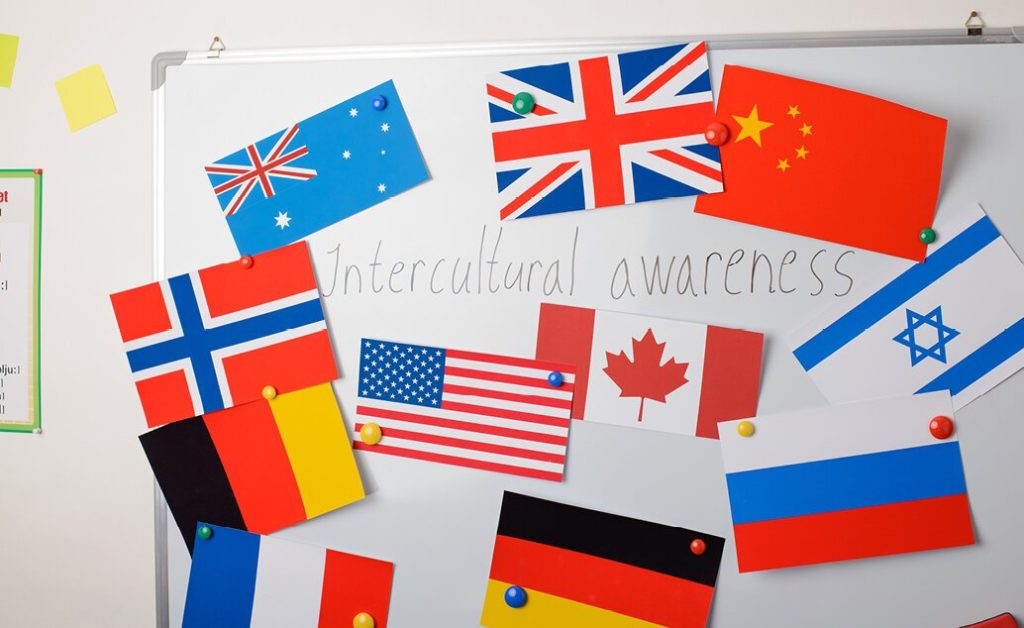
Teachers are often told that they need to be aware of and sensitive to their students’ home cultures, but what does cultural awareness look like in action?
As someone who has taught abroad in three different countries and has just moved to country number four, you could say I have a little experience teaching cross-culturally. But you don’t have to have traveled across the world to teach in a culturally responsive way. (That’s what reading is for.) Read on to see how you can equip yourself to practice cultural awareness as a teacher.
How to Develop Cultural Awareness
Cultural awareness is a term that is thrown around a lot nowadays — not just in education, but in politics and media, too. In my experience teaching abroad for the last six years, I’ve found that the definition of cultural awareness, at its core, simply means acknowledging that there are other cultures and experiences out there. It may sound simple, but you would be amazed at how often this awareness is taken for granted.
You may be thinking, “Of course! I am well aware that people around the world have different traditions and holidays.” Great! You are off to a solid start, but there is so much more involved in cultural awareness than you may realize. Language, norms, traditions and symbols — both tangible and intangible — are all part and parcel of what we call culture, and it’s crucial that you develop a baseline understanding of cultural elements outside of your own.
For instance, did you know some cultures specify “good” and “bad” parts of the body? It may be extremely rude to gesture to someone with your left hand (left being evil and right being good), to touch someone’s head (the holiest part of the body), or to touch someone with your foot (the dirtiest part of the body).
Cultural differences like these are less widely known, but they’re important when it comes to understanding your students from different backgrounds. That is why it is essential that you read up on the home cultures of your students; don’t just flit through their holidays and call it a day.
OK, so you’ve done your research. Now what?
Cultural Awareness Activities and Examples
In order for your students to adapt to their new environment and feel safe and comfortable, you need to create an atmosphere of inclusivity. Include allowances for cultural necessities in classroom rules, choose texts that are relevant to and explore cultural differences, and communicate with students and parents about needs and expectations.
That last one is particularly important. Students and families from different backgrounds may be just as unaware of certain differences as you were before you did your research. Get on the same page with them and discuss what you are doing to be sensitive to them and how they can communicate with you further. This can be a major challenge on its own, especially if there is a language barrier, but do not be discouraged! The extra effort needed to connect to families pays dividends in how much you learn about them, how much the home-school connection grows, and how supported your students feel.
On that note, make sure to dialogue with your students as well. After making allowances for cultural differences, you may find yourself fielding questions from them, such as “Why is he/she doing that?” or “How come he/she gets to do ‘X’?”
Your students are curiosity-driven and will wonder about the people around them. You cannot always expect that they will ask their questions with sensitivity, especially if you have young students. Prepare yourself ahead of time to answer these questions in a way that:
- validates all cultures
- explains differences in an academic, unbiased way, and
- shows students how to ask questions and discuss cultural differences with sensitivity
Practicing cultural awareness and sensitivity as a teacher requires a little more consideration, but we owe it to our profession, our students, and the surrounding community to put in the work. And by doing so, you will allow all of your students to have an equitable experience in your class. Moreover, you will add to your school’s culture in a positive way and act as an example for other teachers.
American College of Education offers online degree programs that are perfect for teachers and educators who teach cross-culturally. You might specifically be interested in our M.Ed. in Teaching English Learners and Certificate in Teaching English Learners programs.

